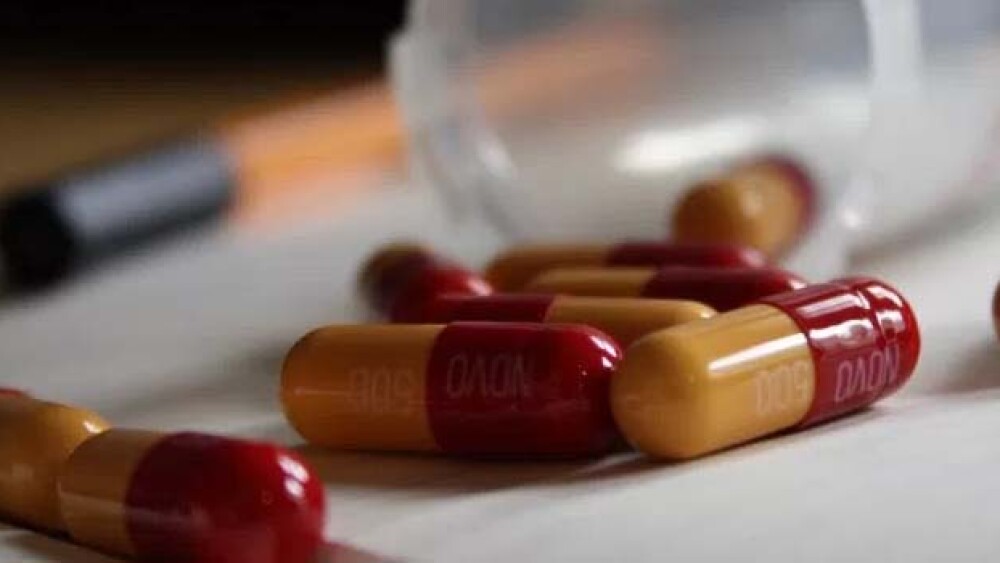Barely a week after announcing it was moving into a new corporate headquarters, Sangamo announced it has dosed the first patient in its Phase I/II gene therapy trial.
Barely a week after announcing it was moving into a new corporate headquarters, Sangamo Therapeutics announced it has dosed the first patient in its Phase I/II gene therapy trial.
The company is evaluating the efficacy of SB-913, an investigational in vivo genome editing therapy for people with mucopolysaccharidosis type II (MPS II), also known as Hunter syndrome. Sangamo hopes to treat MPS II by inserting a corrective gene into the liver cells. If done correctly the company believes the gene editing technique will enable the corrected liver to “produce a lifelong and stable supply of an enzyme he or she currently lacks.”
Without the enzyme, called iduronate-2-sulfatase (IDS), people with MPS II suffer debilitating buildup of toxic carbohydrates in cells throughout their body, Sangamo said. The editing process is a first-of-its-kind, the company said. Sangamo’s SB-913 uses the company’s zinc finger nuclease (ZFN) genome editing technology to insert a corrective gene into a precise location in the DNA of liver cells. Sangamo said the ZFNs and the corrective gene are delivered in a single intravenous infusion using AAV vectors that target the liver. The ZFNs enter the cells as inactive DNA instructions in a format designed only for liver cells to unlock the cells. Once “unlocked”, the ZFNs then identify, bind to and cut the DNA in a specific location within the albumin gene. Using the cells’ natural DNA repair processes, liver cells can then insert the corrective gene for IDS at that precise location, according to company data.
“For the first time, a patient has received a therapy intended to precisely edit the DNA of cells directly inside the body. We are at the start of a new frontier of genomic medicine,” Sangamo Chief Executive Officer Sandy Macrae said in a statement.
The ability to permanently and precisely integrate the therapeutic IDS gene into the DNA differentiates Sangamo’s in vivo genome editing approach from conventional AAV cDNA gene therapy and from lenti- or retroviral-based gene therapies that insert genes randomly into the genome, the company said.
Approximately one in 100,000 to one in 170,000 people are born with MPS II. Many people with MPS II receive weekly infusions of enzyme replacement therapy (ERT), the current standard-of-care treatment. Within a day of receiving ERT, however, IDS quickly returns to near undetectable levels in the blood, Sangamo said.
Paul Harmatz, a pediatric gastroenterologist and a principal investigator of the Sangamo study, said under the current ERT treatment options many patients die before they reach the age of 20.
In addition to the MPS II trial, Sangamo has two additional clinical trials underway for hemophilia B and MPS I, which is also known as Hurler or Hurler-Scheie syndrome. All three trials use ZFNs designed to edit liver cells at the same location in the albumin gene, but differ in delivering the corrective gene relevant to the respective disease. Each of the three gene editing programs have received Fast Track and Orphan Drug designations from the U.S. Food and Drug Administration. Additionally, SB-318 for MPS I and SB-913 for MPS II have received Rare Pediatric Disease designations from the FDA.





